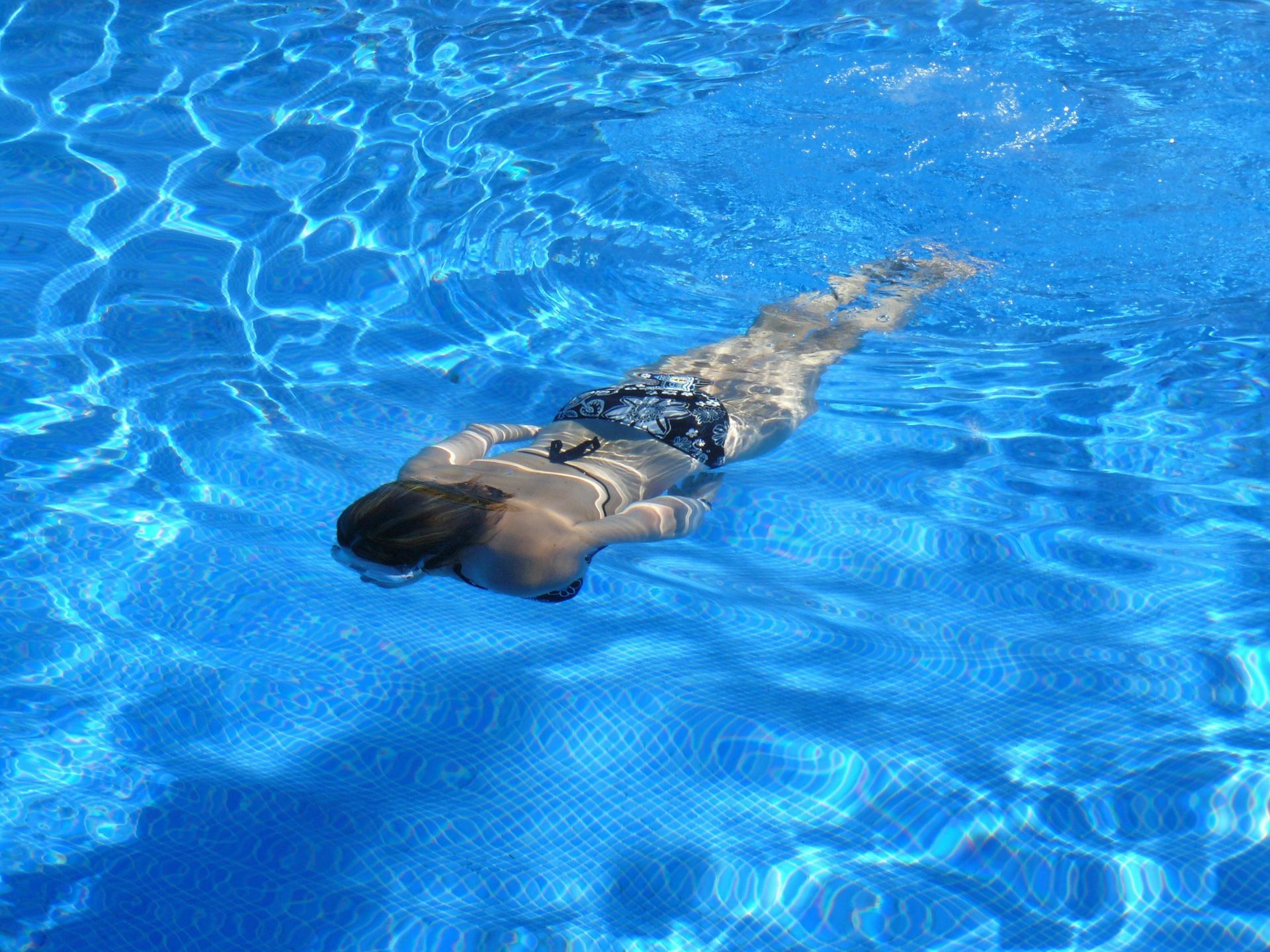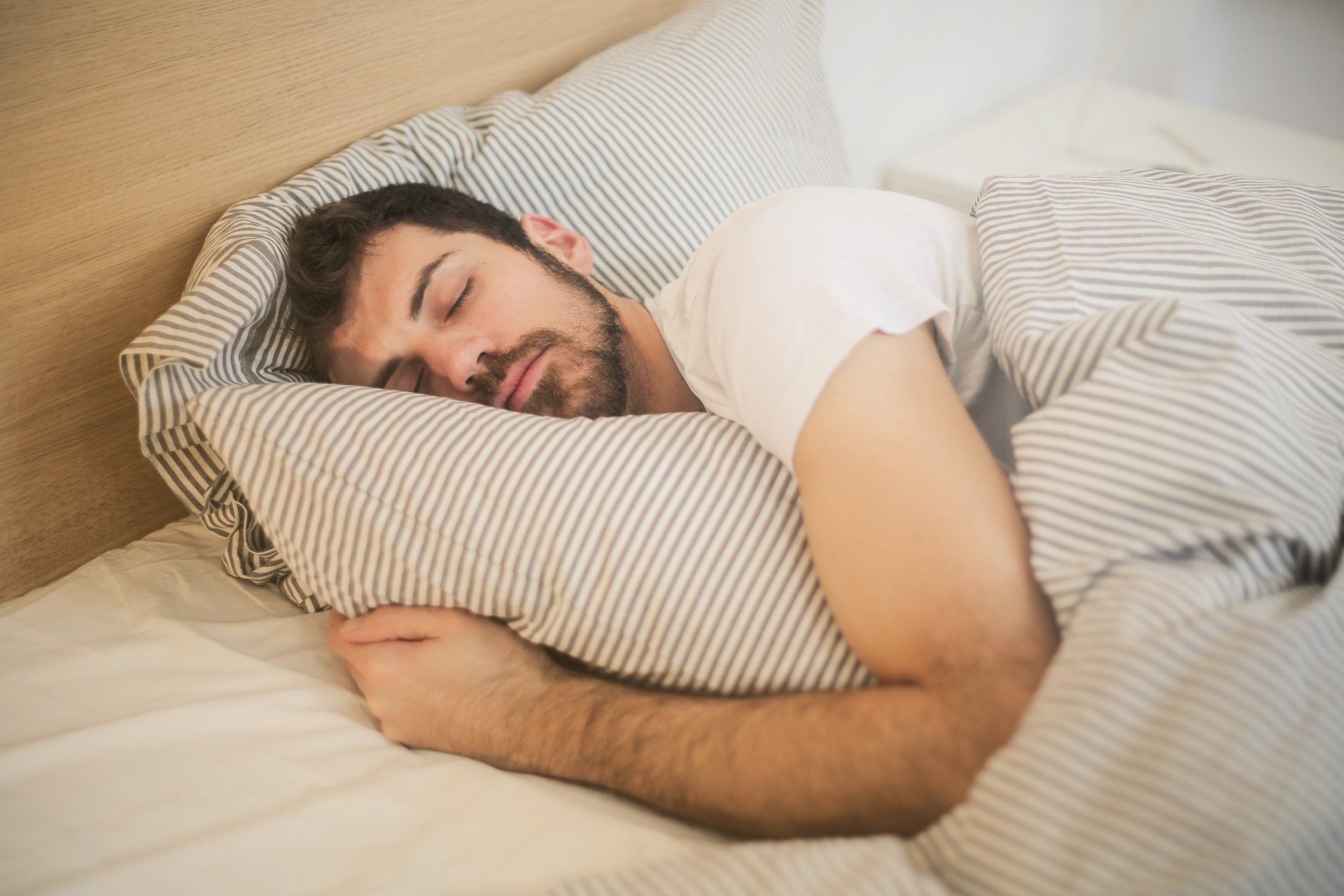Identifying and Managing Dietary Sensitivities
Discover how we pinpoint and manage food intolerances to alleviate digestive discomfort and enhance gut health. Our approach includes dietary adjustments and lifestyle modifications tailored to your unique needs.
Navigating IBS with Expert Care
We offer specialized care in gut health focusing on reducing inflammation and improving quality of life through a combination of medical treatments and nutritional guidance.
Restoring Balance to Your Gut Health
Learn about our strategies to rebalance your gut microbiome, essential for optimal digestive function and overall wellbeing. Our treatments include probiotics, diet modifications, and personalized lifestyle advice.
Embark on a journey to transformative digestive health with our dedicated care in Utah County. Specializing in a range of gut-related issues, we understand that a healthy digestive system is crucial to your overall well-being. Our comprehensive approach addresses everything from food intolerances and inflammatory bowel diseases (IBD) to gut flora imbalances, ensuring your digestive system functions at its best.
Food Intolerances: Our expert diagnostics help identify specific food intolerances, a common cause of digestive discomfort. By pinpointing these sensitivities, we create personalized diet plans to alleviate symptoms like bloating, gas, and abdominal pain. We focus on helping you understand your body's responses to different foods, guiding you towards dietary choices that enhance gut health.
Inflammatory Bowel Conditions: Our approach goes beyond symptom management; we aim to reduce inflammation and promote intestinal healing. This involves a blend of medical treatments, dietary advice, and lifestyle adjustments, tailored to each patient's unique needs.
Gut Flora Imbalances: A balanced gut microbiome is key to digestive and overall health. We utilize advanced testing to assess your gut flora, followed by personalized treatments such as probiotics and nutritional plans. Our goal is to restore and maintain a healthy gut environment, crucial for nutrient absorption, immune function, and even mental health.
Our practice is a hub for those seeking relief from digestive issues in Utah County. We collaborate with gastroenterologists for complex cases, ensuring a holistic and integrated approach to managing your digestive health. Our commitment is to provide empathetic, evidence-based care that not only treats your symptoms but also addresses the underlying causes of your digestive health issues. With our guidance, embrace a journey towards restoring your gut health, improving your quality of life, and achieving lasting wellness.
Conditions Treated
Digestive Health
Metabolic and Hormonal Disorders
Neurological and Cognitive Health
Sleep Disorders
Let's Discover How I Can Help You Feel Your Best
Your journey to better health is just a message away. Whether you’re facing chronic conditions, seeking relief from pain, or aiming to improve your overall wellness, I’m here to guide and support you. As a dedicated Nurse Practitioner in Utah County, I bring a blend of expertise, empathy, and personalized care to address your unique health needs. Don't let health challenges hold you back any longer. Reach out today, and let’s explore how we can work together to help you feel your best. Every step towards health is a step towards a happier, fuller life.
Contact Us
Blog









